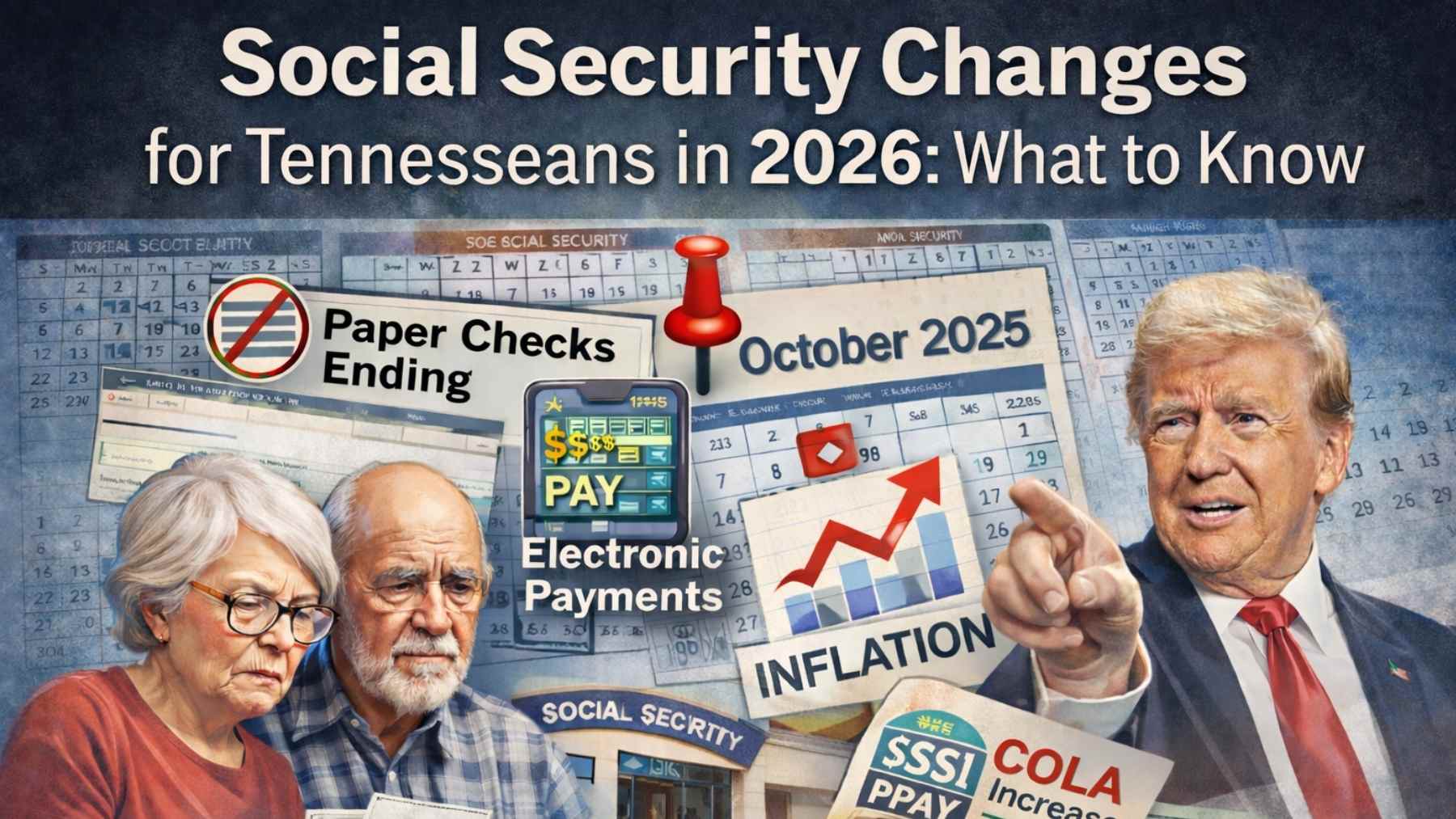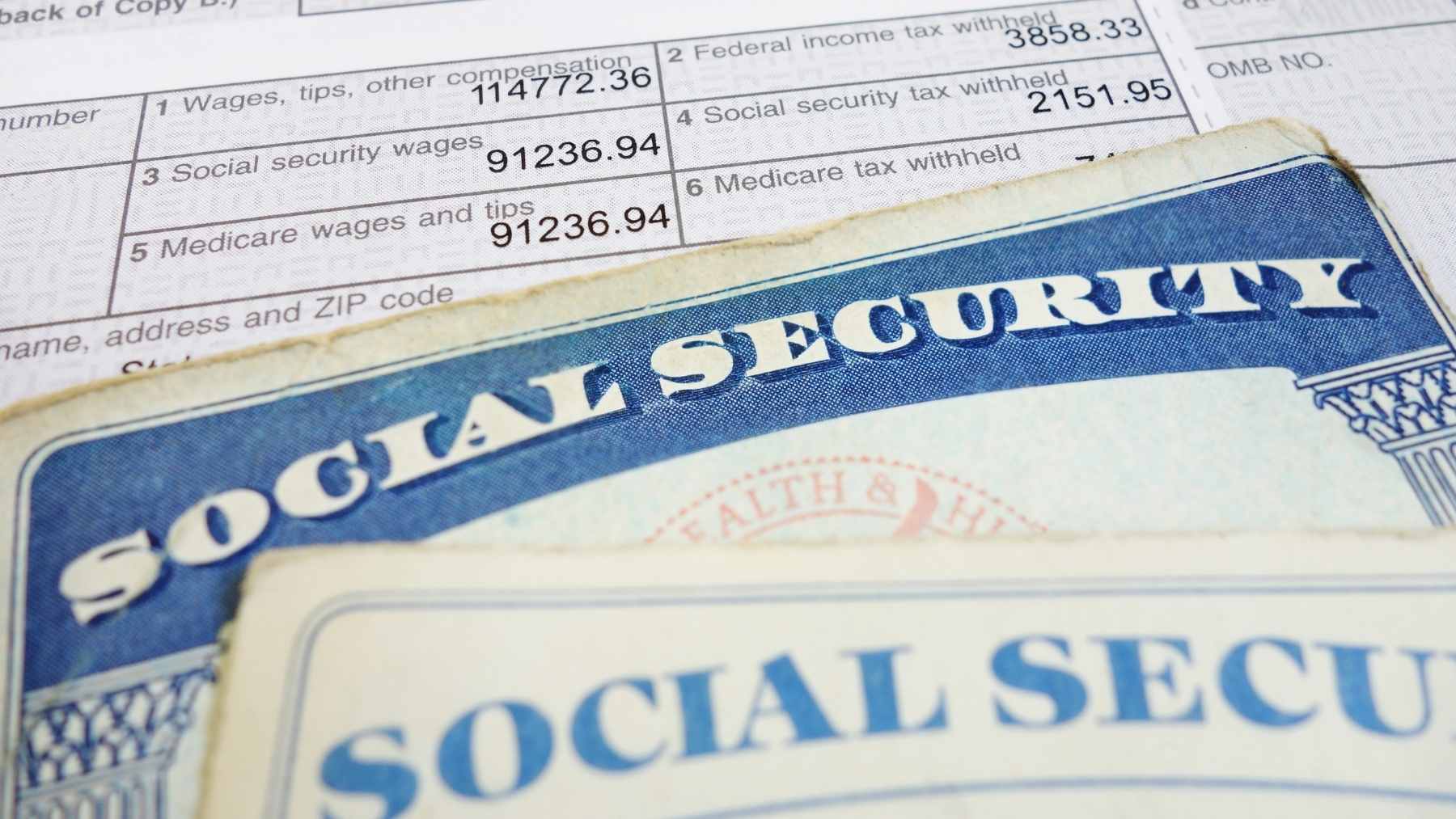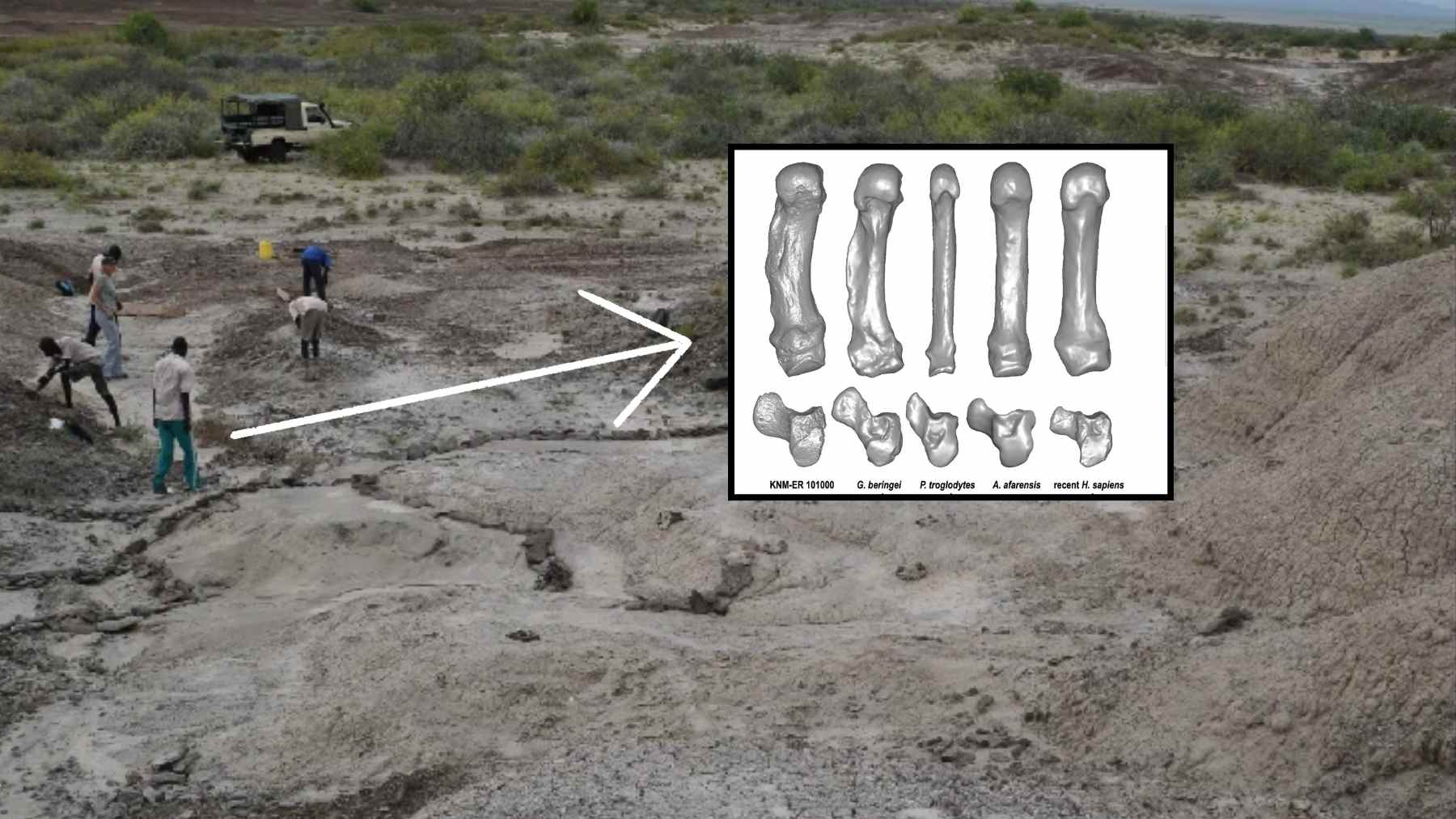With the tax season officially coming to a close for the 2024/2025 fiscal year, most individuals will be relieved that IRS tax filing responsibilities can be put to rest until next year. However, some taxpayers may have missed the April 15 deadline to file their taxes. If you find yourself in this position, it is important not to panic and to be assured that the IRS is not going to come breaking down your front door. If you have missed the deadline to file, the IRS provides a comprehensive explanation of what the next steps are.
The importance of filing your taxes early
The tax filing season opened at the end of January this year. That means that taxpayers have approximately two and a half months to file their taxes before the April 15 deadline. However, the IRS does offer an extension application for individuals who require a later filing date due to complications with their filing. It is for this reason that the IRS always recommends that taxpayers start filing their taxes as early as possible.
According to the IRS policy on extensions, there are three ways you could have applied for an extension on your tax returns before the April 15 deadline:
- Pay your tax liability online and indicate that you are also applying for an extension
- Use the IRS Free File to request an extension
- Mail your extension requests using Form 4868
In addition, generally, US citizens living outside the US get an automatic two-month extension to file their taxes. Some individuals across states have already been given a blanket extension without needing an application due to their residential area being affected by recent natural disasters. It is important to note that you can no longer apply for an extension to file now that the April 15 deadline has passed.
What if you cannot pay your taxes?
Many people avoid filing their taxes by the deadline as they assume that if they cannot pay their owed tax liability by the April 15 deadline, they cannot file their returns. However, the IRS stipulates that they do provide options for those who cannot pay their tax liability, including comprehensive payment plans. The most important thing you should do is ensure that you do not stay silent and immediately contact the IRS regarding your financial concerns.
If you cannot pay your full tax liability by the annual deadline, the IRS recommends that you pay what you can and then apply for a payment plan online. You can check online to see whether your payment plan is rejected or accepted by the IRS. In addition, make sure that you file your taxes even if you cannot pay the full tax liability or request an extension before the deadline.
What happens if I have missed the deadline?
If you have missed the April 15 deadline and you did not file for an extension, the IRS states that you must still file. If you have filed and paid your taxes on time for the past three years, you may qualify for penalty relief from the IRS. The sooner you file your taxes, the lower your penalties and interest will be for not filing or paying your taxes by the deadline.
If you missed the deadline to file, you will be notified by the IRS that you are due to pay a “Failure to File” penalty for missing the deadline. According to the IRS, the penalty is 5% of the tax due (less any tax paid on time and available credits) for each month or partial month the return is late. The penalty accrues up to a maximum of 25%. To avoid this, make sure that you pay the penalty as soon as possible and file your taxes early for next year’s financial year.













